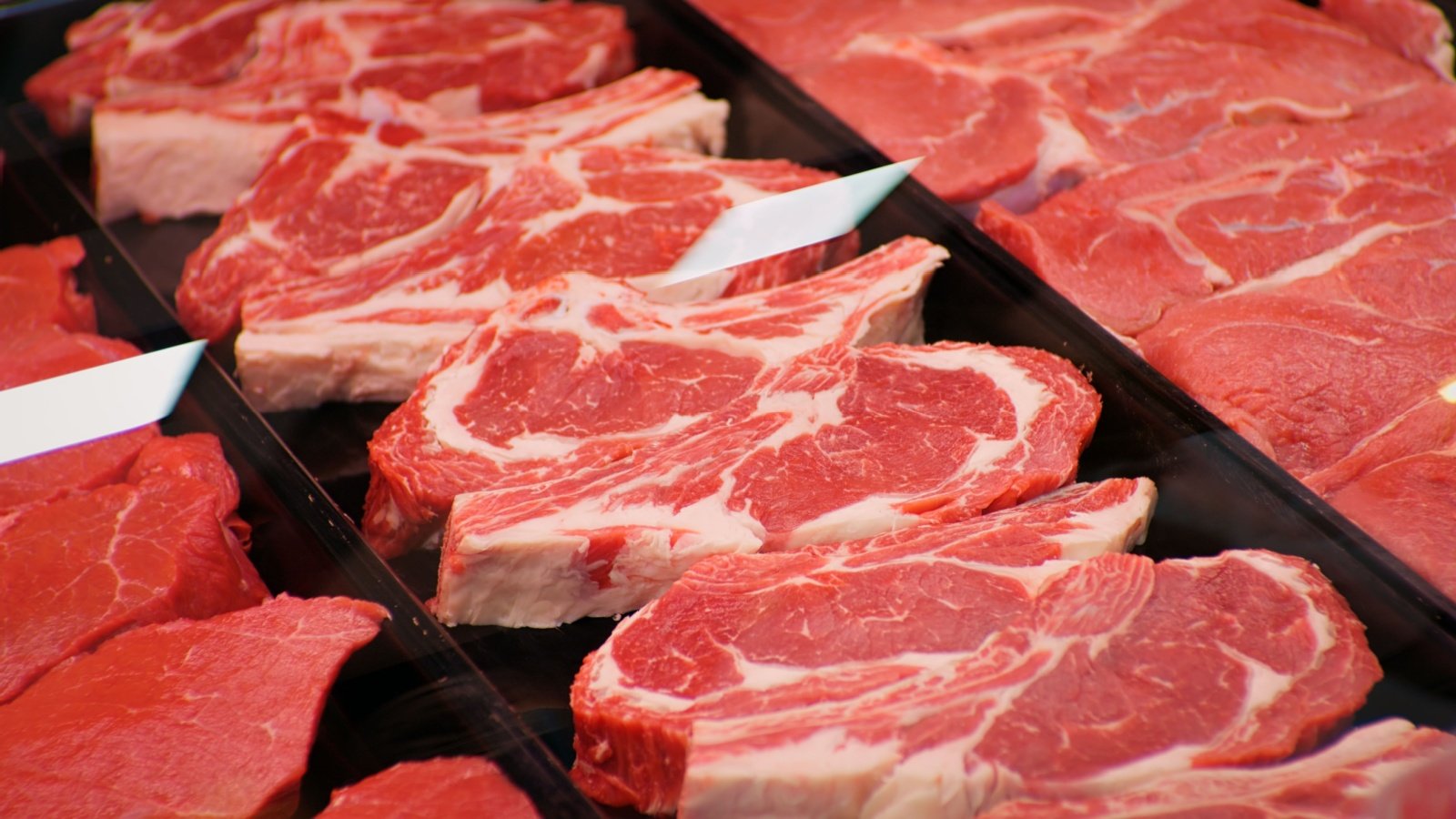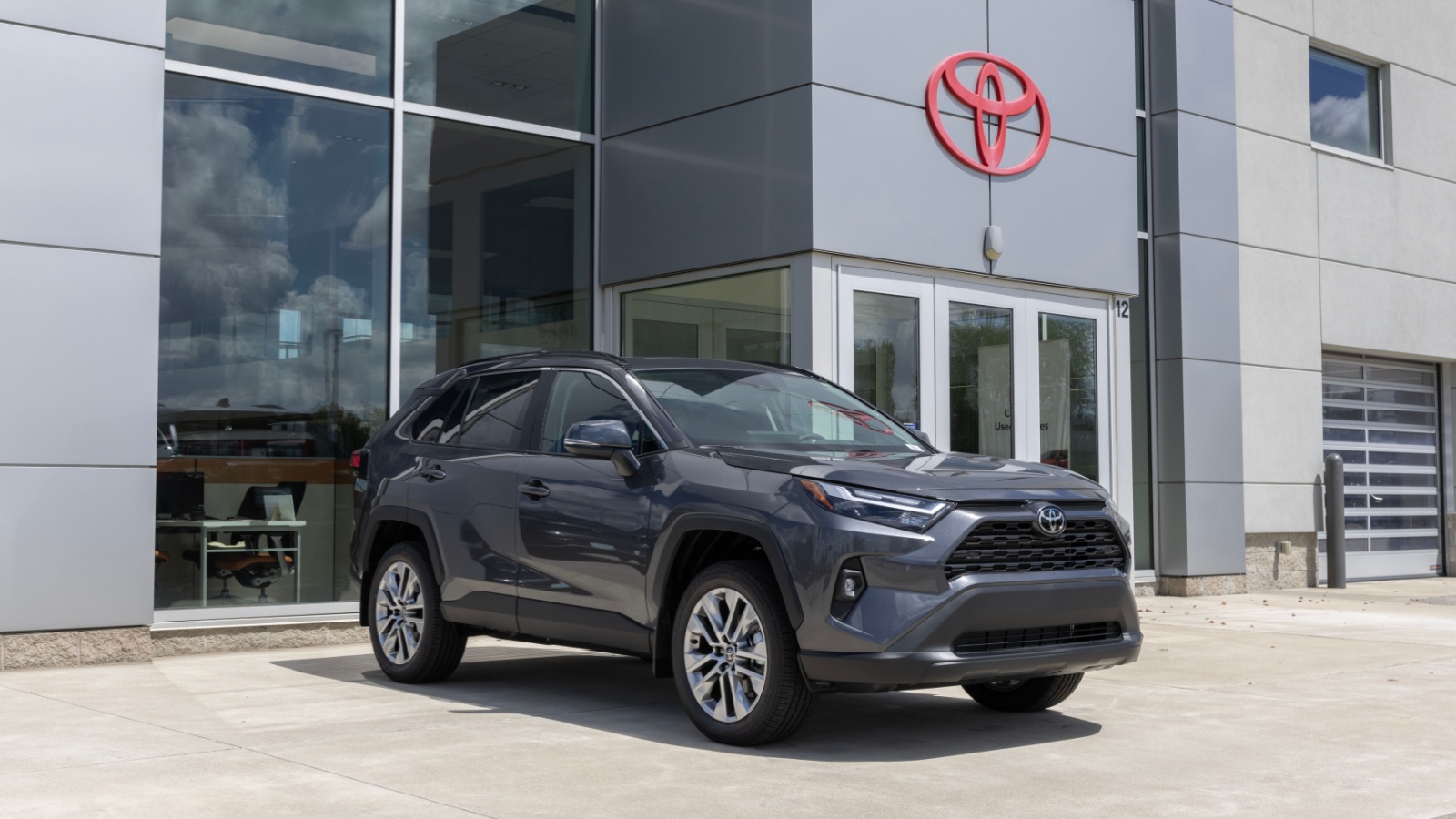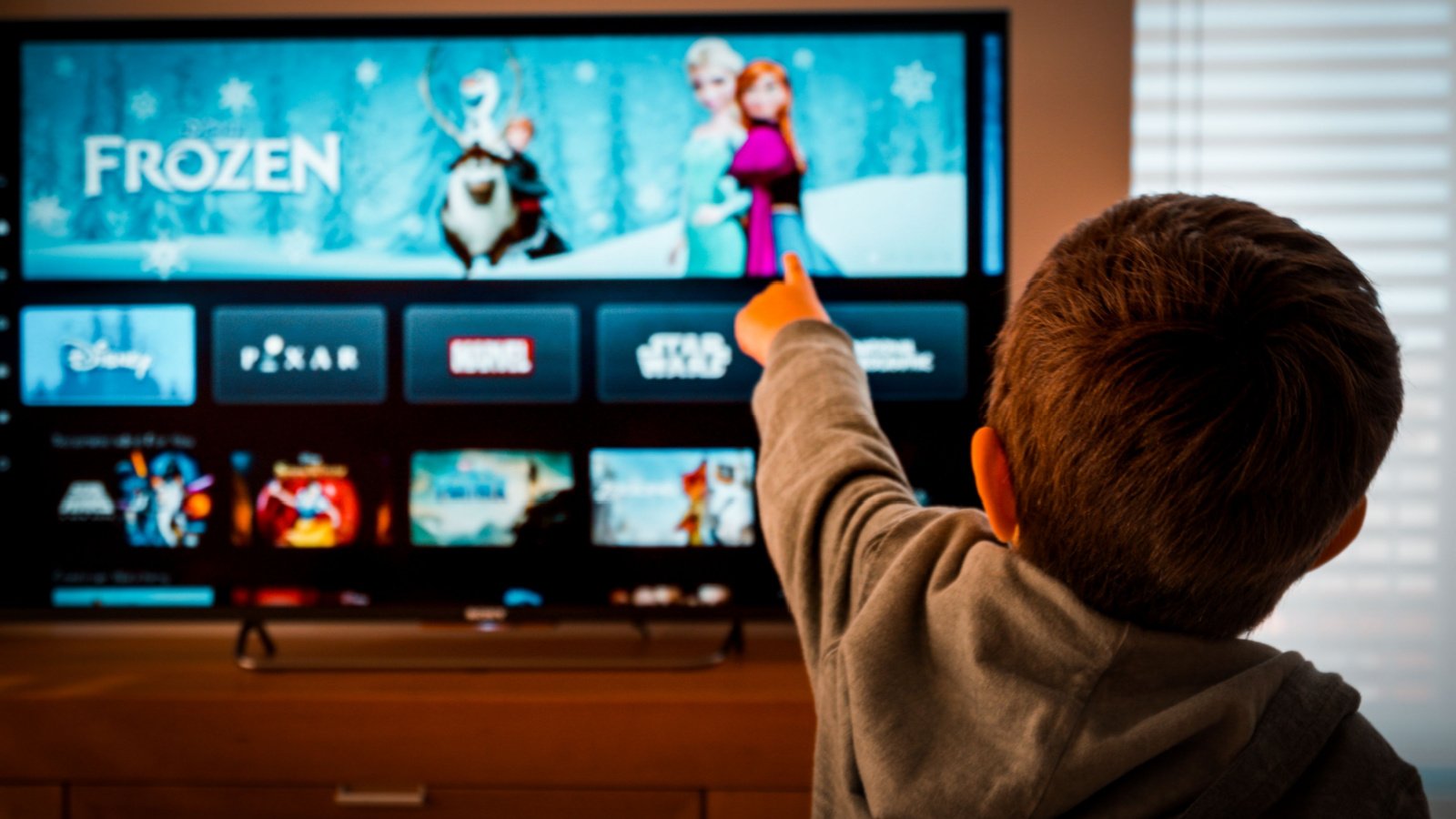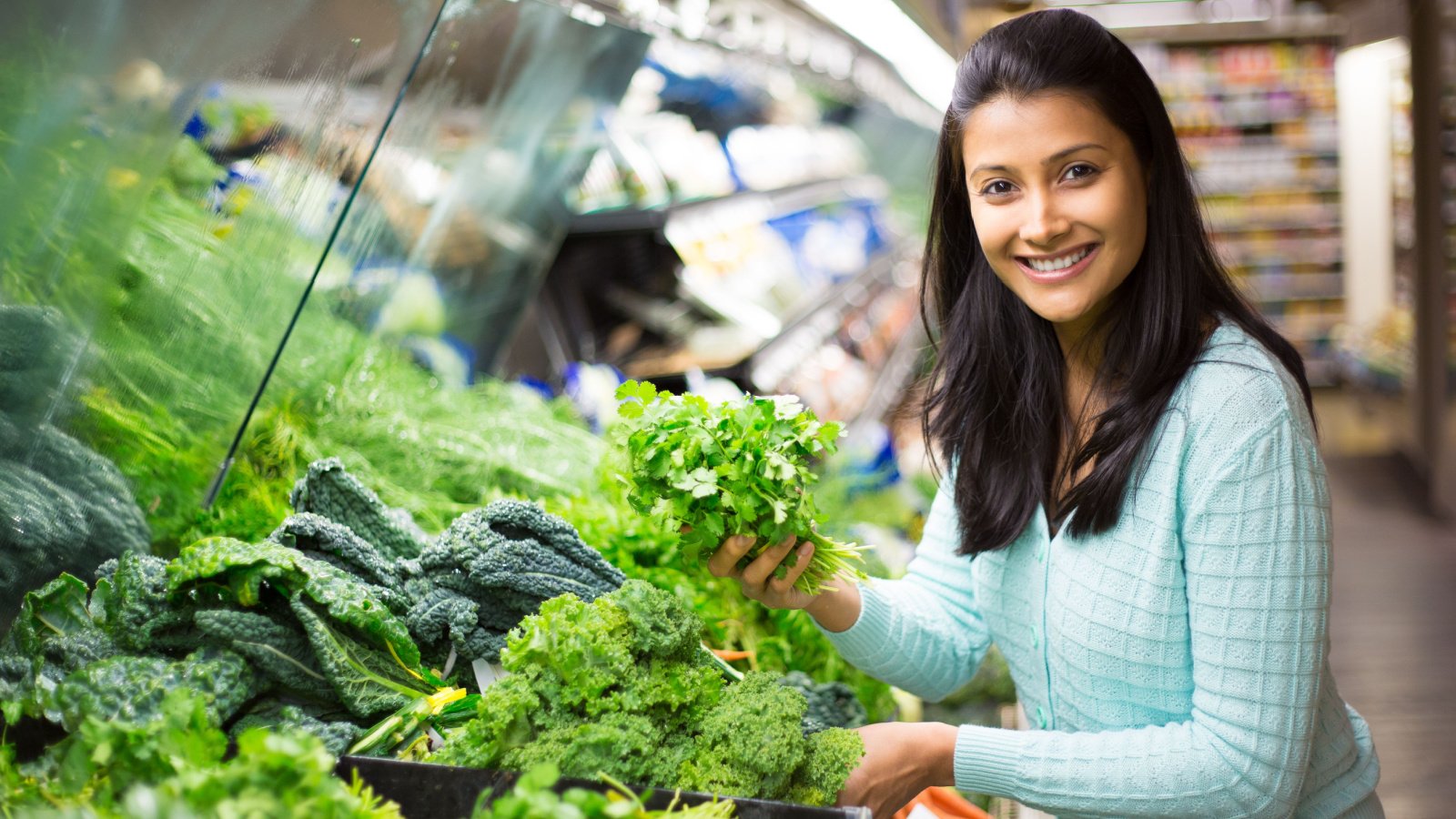As prices continue to rise, many everyday items that were once affordable luxuries have become out of reach for the average consumer.
The cost of these goods has skyrocketed, forcing people to reconsider their spending habits. The impact of inflation and changing economic conditions has made it difficult for many to justify the expense of certain products.
Let’s explore the items that have become so expensive that people have simply stopped buying them.
Concert Tickets

Concert tickets have seen a dramatic price increase over the past decade, with many popular artists charging hundreds, even thousands, for a single seat. The rise of VIP packages and resellers has pushed prices beyond what the average fan can afford. As a result, many music lovers are opting out of live shows and instead choosing to stream performances online.
Cable TV Subscriptions

With the advent of streaming services, traditional cable TV has become increasingly expensive, prompting many to cut the cord. Monthly bills that once seemed reasonable now climb well above $100, with additional fees for premium channels. As a result, consumers are turning to more affordable, flexible streaming options.
Homeownership

Skyrocketing real estate prices have made homeownership a distant dream for many, particularly in major cities. The combination of high property values, rising mortgage rates, and increased living costs has priced out potential buyers. This has led to a growing trend of renting, as people find it increasingly difficult to save for a down payment.
Beef

The cost of beef has soared in recent years due to factors such as drought, feed prices, and supply chain disruptions. Steaks and other premium cuts have become luxury items for many households, reserved only for special occasions. As a result, consumers are turning to more affordable proteins like chicken and plant-based alternatives.
College Tuition

The cost of higher education has reached astronomical levels, with tuition fees outpacing inflation and wage growth. Student debt is at an all-time high, and many families are reconsidering the value of a traditional college degree. This has led to an increase in alternative education paths, such as online courses and vocational training.
Prescription Medications

Prescription drug prices in the U.S. have risen dramatically, often leaving patients with sticker shock at the pharmacy counter. Even with insurance, copays can be prohibitively expensive, forcing many to skip doses or seek alternatives. The high cost of medications has sparked widespread debate and calls for reform.
Luxury Handbags

Designer handbags have become status symbols, but their prices have climbed to the point where only a select few can afford them. Brands like Chanel and Louis Vuitton regularly raise their prices, making it difficult for even dedicated fashionistas to keep up. As a result, many are turning to the second-hand market or opting for more affordable, independent brands.
Air Travel

The cost of air travel has increased significantly, especially for long-haul and international flights. Fuel surcharges, baggage fees, and reduced competition have all contributed to higher ticket prices. Faced with these rising costs, travelers are choosing to vacation closer to home or seeking alternative modes of transportation.
Event Venues

Renting event venues for weddings, parties, and corporate functions has become increasingly expensive. High demand and limited availability in popular locations drive up prices, often beyond what many can justify for a single day. As a result, people are getting creative, opting for more intimate gatherings in non-traditional spaces like parks or backyards.
Gasoline

Fluctuating oil prices, taxes, and environmental regulations have made gasoline a significant expense for many drivers. During periods of price spikes, consumers often cut back on non-essential travel and look for ways to reduce fuel consumption. The rising cost of gasoline has also accelerated the shift towards more fuel-efficient vehicles and public transportation.
Health Insurance

The cost of health insurance premiums has skyrocketed, particularly for those not covered by employer-sponsored plans. High deductibles and out-of-pocket costs add to the financial burden, making healthcare unaffordable for many. In response, some people are foregoing insurance altogether, risking significant debt in the event of a medical emergency.
Childcare

Childcare costs have become a significant financial strain for many families, with prices in some areas rivaling the cost of a mortgage. The lack of affordable options forces many parents, particularly women, to leave the workforce or reduce their hours. This growing expense has sparked discussions about the need for government-subsidized childcare solutions.
Fine Dining

Dining at upscale restaurants has become an indulgence that fewer people can afford regularly. Rising food costs, labor shortages, and increased overhead have driven menu prices to new heights. As a result, many consumers are choosing to cook gourmet meals at home or frequent more casual dining establishments.
Automobiles

New car prices have surged due to supply chain issues, material shortages, and increased demand for advanced technology features. The average price of a new vehicle now exceeds $40,000, making it difficult for many consumers to justify the expense. Consequently, some are holding onto their older cars longer or turning to the used car market.
Gym Memberships

While the desire for fitness remains strong, the cost of gym memberships has risen to the point where many are opting out. High monthly fees, combined with the rise of home fitness equipment and online workout programs, have led to a decline in traditional gym memberships. People are finding more cost-effective ways to stay in shape.
Printer Ink

Printer ink has become notoriously expensive, often costing more than the printer itself. The high price per ounce has led consumers to seek alternatives, such as third-party cartridges or refills. Some are even moving away from printing altogether, opting for digital documents and online storage solutions.
Streaming Services

As more streaming platforms enter the market, subscription costs are steadily rising, especially when consumers subscribe to multiple services. What started as a cost-effective alternative to cable is becoming increasingly expensive, prompting some to cut back. Bundling services or rotating subscriptions has become a common strategy to manage these costs.
Housing Rentals

Rent prices have skyrocketed in many cities, making it difficult for renters to find affordable housing. The demand for rental properties often outpaces supply, driving up costs, particularly in urban areas. This has led to an increase in the number of people opting to move to less expensive suburbs or even different states.
Organic Food

While the demand for organic products continues to grow, the premium price tag has made them inaccessible to many consumers. Organic fruits, vegetables, and meats often cost significantly more than their conventionally produced counterparts. As a result, some consumers are cutting back on organic purchases or choosing to grow their own produce.
Furniture

The price of furniture has risen due to supply chain disruptions, material shortages, and increased demand during the pandemic. High-quality, durable furniture has become a significant investment, prompting some to delay purchases or opt for cheaper alternatives. The increase in second-hand shopping and DIY furniture projects reflects this shift.
Christmas Trees

The cost of real Christmas trees has climbed in recent years due to factors like drought, labor shortages, and increased transportation costs. These rising prices have led some families to forgo a traditional tree or switch to artificial alternatives that can be reused each year. The change is altering holiday traditions for many.








